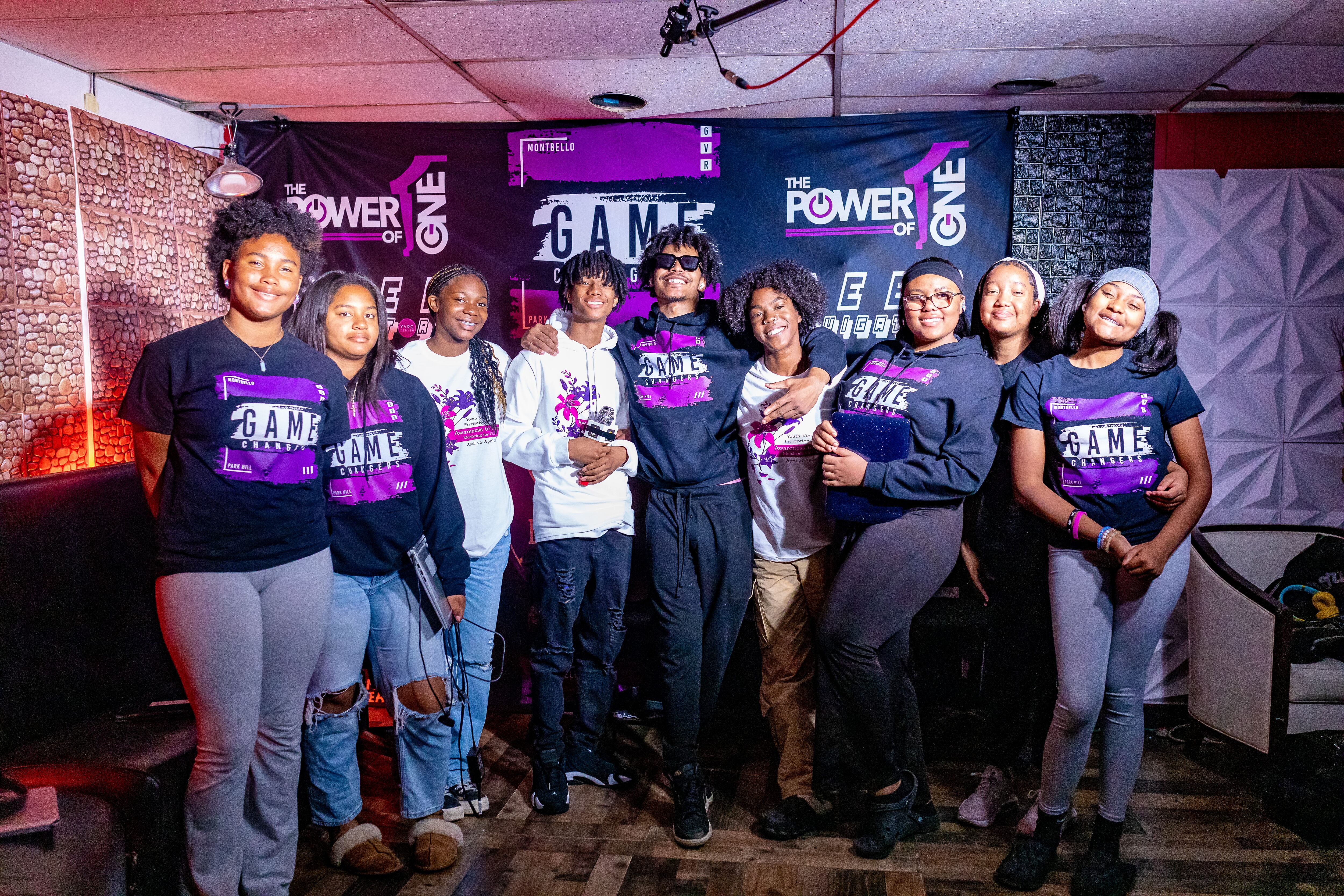Sign up for Chalkbeat Colorado’s free daily newsletter to get the latest reporting from us, plus curated news from other Colorado outlets, delivered to your inbox.
A new app for young people in three northeast Denver neighborhoods aims to reduce violence by connecting youth to the help they need before things reach a breaking point.
Launched in July, “The Power of One” app is a bit like the statewide tip line Safe2Tell, but with two key differences. It addresses a broader array of problems than threats, violence, or self-harm and aims to minimize police involvement unless absolutely necessary.
Youth can use the free Power of One app or accompanying hotline to submit anonymous tips or request help with issues such as finding a counselor, preventing home utilities from being shut off, or heading off an imminent fight at school. Four trained peer mediators will field many of the submissions, but true emergencies will be referred to law enforcement. The program is aimed at students in Montbello, Green Valley Ranch, and Park Hill, but submissions from other neighborhoods will also be addressed.
Although the app has received only one submission so far — a student request for volunteer opportunities — leaders of the effort hope it will eventually expand citywide and help derail youth violence by providing holistic help to young people.
“When youth are struggling, whatever those struggles can be, if they’re not addressed, they can kind of cascade … into eventual involvement in violence,” said Dave Bechhoefer, project director for the Youth Violence Prevention Center-Denver, which spearheaded the app.
Arrests for violent crime, homicide, and aggravated assault in the neighborhoods targeted by the app exceed rates in Denver and the nation, according to the data from the University of Colorado Boulder, where the center is housed.
Kaliah Yizar, one of about a dozen youth advisers who helped shape The Power of One app, said one of the ways the app can help is by connecting youth to positive outlets.
“What we’ve seen is that when youth are given opportunities … such as playing sports, such as joining clubs, getting involved in school, those students are much less likely to get involved in youth violence,” she said.
The app, which is monitored around the clock, is also meant to interrupt violence that may be brewing.
Yizar, now a junior at Howard University in Washington, D.C., said she would have appreciated the app when she was in high school at Martin Luther King Jr. Early College in the Green Valley Ranch neighborhood.
It would have helped “if I knew about something and I was afraid of going to someone at school, if I was afraid of calling the police and being labeled a snitch,” she said.
When Yizar’s aunt was principal at her school, students often let her aunt know if, for example, a classmate posted a photo of a gun on Snapchat or was planning a fight.
The Power of One app “is great for youth who don’t have those connections in school and still want to let people know about what they know, but do it in a way that’s anonymous and safe to them,” she said.
The app began taking shape in 2022 with help from a $6 million federal grant focused on finding innovative ways to reduce youth violence. Bechhoefer said the basic idea was to connect youth in the target neighborhoods to community resources, but the project’s youth advisers homed in on the best way to do that.
“When we talked about the strategy with our youth council, the first thing they said was, ‘Well, you need an app,’” he said.
The Power of One uses the same software and architecture as the 20-year-old Safe2Tell service, but includes other features, such as links to local organizations and event calendars. Several suggestions from the youth council were incorporated into the app, including the phrase “make a connection” instead of “make a tip,” which Yizar said can have negative connotations to teens.
One of the app’s main selling points is that it’s a community-based service, she said.
“Down the road the youth would like to link to job opportunities, internships, anything that can also support youth,” Bechhoefer said.
Right now, the biggest challenge for Bechhoefer, Yizar, and other champions of the effort is getting the word out to local teens. The app has been downloaded 163 times, has received one direct submission, and a couple referrals from other reporting services. In contrast, Safe2Tell received more than 28,000 tips during the 2023-24 school year.
Yizar said she and other students involved in the project tabled at block parties over the summer to tell youth and parents about the app. Some downloaded it on the spot. Although Yizar is now away at college, other teens are working to get the word out at their Denver schools.
The federal grant that funds the app project expires in 2026.
“We have basically two years to really show that this is an effective youth violence intervention,” Bechhoefer said.
Ann Schimke is a senior reporter at Chalkbeat, covering early childhood issues and early literacy. Contact Ann at aschimke@chalkbeat.org.






